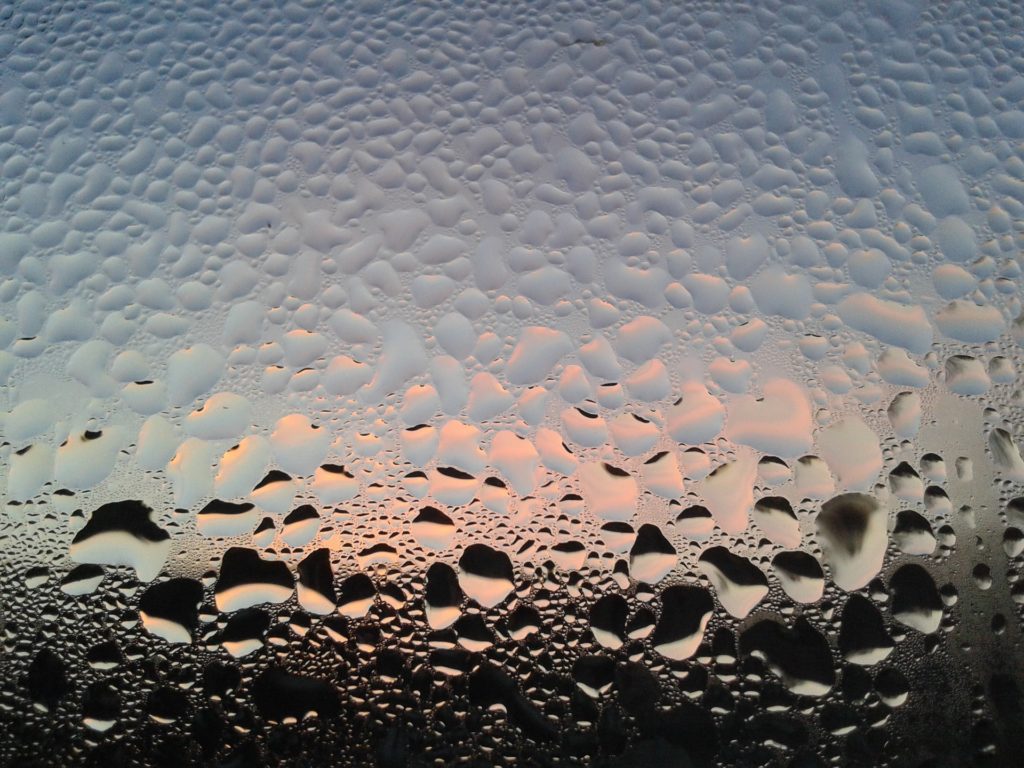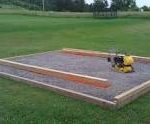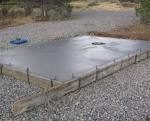There are many different types of sheds and depending on the foundation you will need to install a vapor barrier. Knowing the best vapor barrier for a shed will help you build a shed that will last a long time. The decision is based on the type of shed you are building and your geographic location. Also, there are certain codes that may impact you building process.
A vapor barrier is a plastic sheet of polyethylene that comes in varying thickness to prevent water from penetrating an area. It is used in many building projects to protect the structure from too much water.
Protecting your shed from water damage is very important to increase the life of your shed. However, you have to be careful where you place the vapor barrier. Installed in the wrong place it will hold in moisture and cause mold and mildew. If installed in the right place it will protect your structure from damage.
What you need to remember is that if water get’s in it has to get out or it will become mold and mildew. Also, you need to prevent water from getting in from a wet environment in the first place. Therefore, the use of a vapor barrier depends on your location and the wetness of the elements.
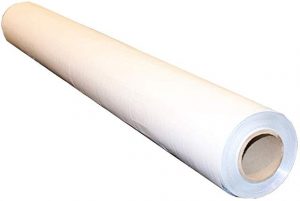
Shed Foundations and Walls
A shed will need a vapor barrier for the foundation, because the ground will always have water. However, your shed will most likely NOT need a vapor barrier for the walls unless the shed will be heated and air conditioned like in a man cave or specialty shed.
If your shed is going to be heated and air conditioned, then you may need a vapor barrier for the walls. A vapor barrier for a shed wall needs to be placed either on the interior or exterior depending on your climate. Installed in the wrong place could lead to trouble so understand what you need. Read more below and find your climate zone…
What Are The Types of Vapor Barriers?
There are many types of vapor barriers. They are categorized depending on their permeability rating which is defined as a “perm”. The perm is the unit of measurement that is typically used to characterize vapor permeance.
- Class I – Very low permeability vapor retarder. Rated less than 0.1 perm. Polyethylene or unperforated aluminum foil.
- Class II – Low permeability vapor retarder with a perm rating of 0.1-1.0. the kraft facing on batts.
- Class III – Medium permeability vapor retarder with a perm rating of 1.0-10. Latex or enamel paint qualify.
There are many different names when it comes to a vapor barrier. The names used are vapor retarder, vapor barrier, vapor permeable and vapor impermeable.
Each of these have their own definitions. For the sake of shed building we are going to use vapor barrier which is a Class I Vapor Retarder.
Climate & Vapor Barrier For Walls
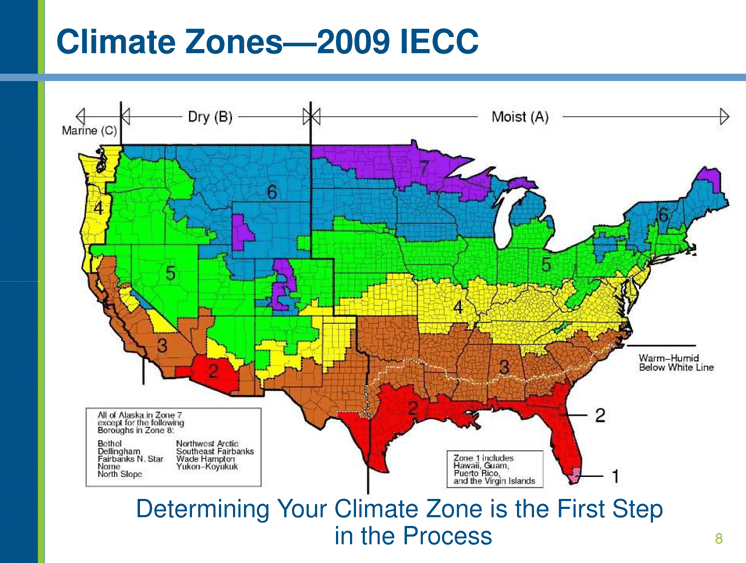
If you decide to heat and cool your shed, then you will need a vapor barrier for the walls. Which type of vapor barrier and where to install it depends on the climate. Living in the deep south where it is hot and humid, you do NOT want an interior vapor barrier. The vapor barrier should be installed on the exterior side of the wall. This would prevent moisture from entering the shed and causing damage.
Whereas in the cold climate of the north the vapor barrier needs to be installed on the interior wall, or the warm side of the wall. This protects the insulation and wood from the warm moist air inside the shed.
There are many different variations for vapor barrier installation. I recommend looking at BuildingScience.com as they have the different schematics and booklets for installation for your geographical area.
Vapor Barriers For Foundations
Gravel Shed Foundation
If you are building a gravel shed foundation, then you will need a vapor barrier between the ground and the gravel. This will prevent moisture from damaging the foundation of your shed.
The first step is to dig the outline of the shed and place the vapor barrier. This should be about 0.3 perms or less. Then place the proper gravel in the hole and make smooth. You can check out my previous post on gravel foundations here.
Remember to make sure you have space between your floor and the gravel for air flow. Wood resting on the ground will lead to wood rot.
Concrete Shed Foundation
If you are building a concrete shed foundation, then you will need a vapor barrier between the ground and the layer of gravel. Check out my previous post on concrete foundations here.
The first step is to dig the outline of the shed. It will be a hole dug to about 7 – 8 inches. You will then place the vapor barrier covering the hole. the vapor barrier will need to be polyethylene of about 0.3 perms or less.
You should overlap the vapor barrier by about 18 inches and tape them together. Once this is in place you will place your gravel and make smooth. Next is the concrete pour and subsequent smoothing.
Furthermore, if you are building your shed on the concrete slab, then make sure you place a sill membrane to protect the wood from moisture. Do not use polyethylene for this as it could cause the wood to rot.
Shed Attics - Ventilation & Vapor Barriers
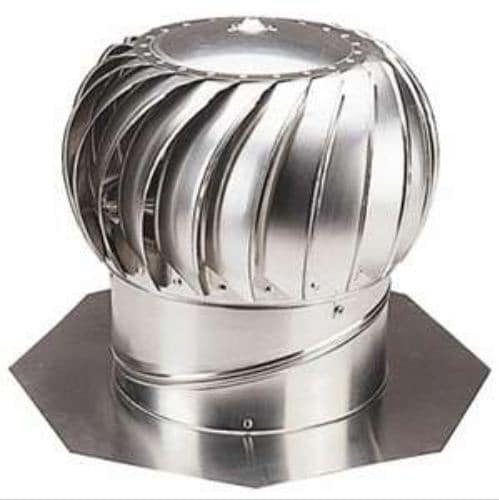
Do not forget that one of the biggest ways to prevent mold and mildew and water vapor damage is proper ventilation. All attics should have proper ventilation and there are many different types of ventilation that can be used. I would suggest my previous post on shed ventilation that is found here.
One can have ventilation that is automatic or powered. There are also manually driven ventilation options to ensure the proper humidity and prevent water damage.
The rule of thumb with attic vapor barriers is that people in the cold climates should have a vapor barrier in the attic. A coat of latex paint on a shed ceiling of drywall is a good vapor barrier. One can then place a layer of insulation in the attic on top of the drywall.
Video Summary on Vapor Barriers
I found this nice video summarizing vapor barriers for building projects. It is not specifically about sheds but house building and building projects in general. This is from Matt Risinger.
What Is A Vapor Barrier For A Shed - Conclusion
As one can see there are many different thoughts in regards to vapor barriers and a shed. Installing a vapor barrier depends on the style and type of shed you are building. If you are going to finish the shed with heat and air conditioning, then you need to think about a vapor barrier for the walls. You also have to consider the climate so you can install the vapor barrier in the right place. The take home points are as follows.
- The shed foundation will need a vapor barrier to protect the shed structure from moisture.
- The shed foundation vapor barrier should be a perm rating of 0.3 or less. 10-20 mil polyethylene should be fine.
- Place a sill membrane and not polyethylene between the wood framing and the concrete slab.
- The shed walls will need a vapor barrier if you are going to heat and cool the shed.
- If the heated and cooled shed is built in the warm climate, then it needs a vapor barrier on the outside of the walls.
- If the heated and cold shed is built in the cold climates, then it will need a vapor barrier on the inside of the walls.
- The shed attic will need a vapor barrier if the shed will be heated and cooled. A drywall ceiling with a good coat of latex paint should be a good enough vapor barrier.
- The attic should have proper ventilation for the purpose of the shed. This will prevent any moisture in the shed.
All the best and I hope this helps.
JB
PS: Dont’ forget to check out my Shed Building Guide with Home & Shed ebook bundle here.
PSS: Don’t forget to get your free plans and access to thousands of plans here.

